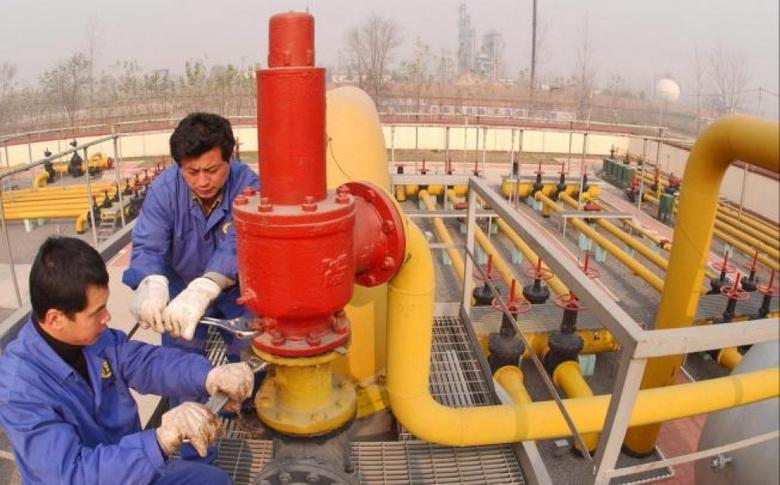
CHINA ENERGY TARGETS

China's energy targets for 2020, if assumed to be credible and achievable, give a clear indication of likely winners and losers.
The "action plan" released on Wednesday foresees total primary energy consumption rising almost 30 percent to 4.8 billion tonnes of coal equivalent by 2020, up from 3.7 billion in 2013.
The key element of the plan is the aim to cap coal consumption at 4.2 billion tonnes per annum, up just 10.5 percent from 2013.
This aspect of the plan is probably most at risk of slippage, given that reducing the rate of growth for coal consumption means increasing the rates for other, more expensive fuels and renewable energy sources.
However, all the indications from China's leaders have been that the world's largest polluter is serious about tackling air quality and curbs on coal form a major part of this effort.
If the coal target is met, it's almost certainly disastrous news for coal producers outside of China aiming to export to the world's biggest user of the fuel.
CHINA DOMESTIC COAL IS SUFFICIENT
China's coal output is currently almost enough to meet the 2020 target of 4.2 billion tonnes, implying imports will have little room to grow and may even decline in coming years.
Coal production in the first 10 months of 2014 was 3.42 billion tonnes, up 0.3 percent on year, according to an industry website that cited data from the National Bureau of Statistics. This puts annual output on track to reach around 4.1 billion tonnes.
It's also possible that China could increase coal output, especially if it goes ahead with plans to build power plants near mines in the north and west of the country, and then use long distance transmission lines to carry electricity to the more populated east of the country.
This doesn't mean coal imports will drop to zero, but the 7.7 percent decline in the first 10 months of the year to 243 million tonnes may be a sign of things to come.
It's possible that Chinese coal will also be exported in increasing volumes, given reports that the export tax may be cut to 3 percent from 10 percent.
While Chinese coal isn't currently competitive because of higher costs, improving rail links and its proximity to major Asian buyers South Korea and Japan raise the possibility of increased exports in coming years.
AMBITIOUS TARGETS FOR NATURAL GAS, RENEWABLES
The 2020 plan calls for a doubling in the use of natural gas, from 120.9 billion cubic meters (bcm) in 2013 to at least 245 bcm.
China's domestic natural gas output grew 7.1 percent in the first 10 months to 101.3 bcm, putting it on track to reach about 120 bcm this year.
There is limited scope to boost domestic output from conventional wells, meaning unconventional shale and coal seam gas will have to do much of the heavy lifting over the next six years.
The plan targets at least 30 bcm of shale and 30 bcm of coal seam gas, but this can be achieved only at the expense of a concerted drilling program and substantial investment.
This makes it more likely that pipeline gas from Russia and central Asia and liquefied natural gas will have to supply a larger share of China's expected growth in natural gas demand.
The other areas that will experience rapid growth under the plan are renewables and nuclear power.
Wind power is forecast to rise from 77 gigawatts (GW) in 2013 to 200 GW in 2020, with hydro jumping from 258 GW to 350 GW and nuclear from 14.6 GW to 58 GW.
The wind increase looks the most ambitious, again implying huge investment and commitment from the authorities.
The increase in nuclear seems feasible, given the current building program, and if achieved should be positive for China's uranium imports, even though the nation appears to have been stockpiling the atomic fuel in recent years.
Crude oil demand may also get a boost from the plan's confirmation that China intends to complete construction of the second phase of its strategic storage by 2020.
It also foresees the commissioning of nine new oilfields with a capacity of 200,000 barrels per day (bpd) each over the coming years, boosting domestic production from around 4.2 million bpd.
While new domestic output could cut growth in crude import demand, this also looks ambitious.
However, the 2020 targets show the intent of the Chinese leadership, and they are bullish for both foreign and domestic natural gas producers, wind turbine makers and China's crude exploration sector.
The biggest loser appears to be foreign coal miners, who will have to look elsewhere for growth markets.
reuters.com





